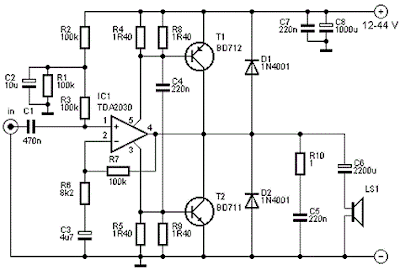Cool, a new chip, properly mounted, did the trick.
Nothing else to "tinker" with, you got it back to Factory conditions.
Now just plug your guitar into it and play
Nothing else to "tinker" with, you got it back to Factory conditions.
Now just plug your guitar into it and play

 I wish I had another for comparison
I wish I had another for comparison 





Comment